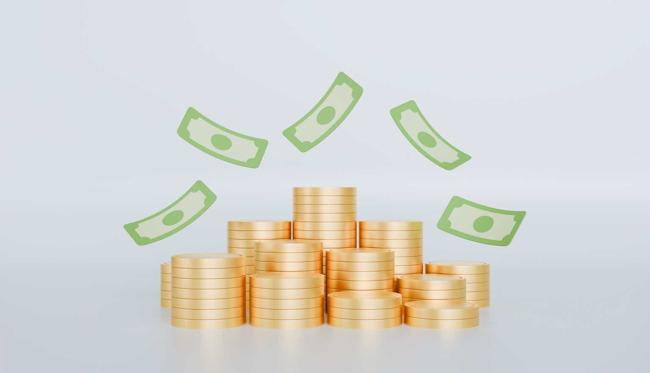Summary
The Wasatch Hoisington U.S. Treasury Fund returned 4.01% for the three months ended March 31, 2025, outperforming the Bloomberg Barclays U.S. Aggregate Index return of 2.78%.
Source: Seeking Alpha

AI News Q&A (Free Content)
Q1: What factors contributed to the Wasatch Hoisington U.S. Treasury Fund's outperformance over the Bloomberg Barclays U.S. Aggregate Index in Q1 2025?
A1: The Wasatch Hoisington U.S. Treasury Fund returned 4.01% in Q1 2025, outperforming the Bloomberg Barclays U.S. Aggregate Index, which gained 2.78%. Key factors include the fund’s focus on U.S. Treasury securities, which typically benefit from declining interest rates or increased demand for safe-haven assets. Additionally, macroeconomic uncertainty and investor risk aversion can drive up Treasury prices, contributing to the fund's superior performance relative to broader bond indices that include corporate and mortgage-backed securities.
Q2: How do changes in interest rates generally impact the performance of U.S. Treasury funds?
A2: Interest rates and Treasury bond prices move inversely: when interest rates fall, the prices of existing Treasury bonds rise, boosting fund performance. Conversely, rising rates cause bond prices to drop. The magnitude of this effect depends on the duration of the bonds held. Treasury funds tend to perform well during periods of rate cuts or economic stress, as investors seek lower-risk assets.
Q3: According to recent scholarly research, what role does equity tail risk play in predicting U.S. Treasury returns?
A3: A 2020 study found that equity tail risk—measured by stock market volatility stemming from large negative price jumps—significantly predicts excess returns on Treasuries. When equity tail risk is high, investors flock to Treasuries for safety, increasing their prices. This 'flight-to-safety' effect means rising tail risk is associated with higher Treasury returns, and the factor is priced into the U.S. government bond market. (Source: 'Equity Tail Risk in the Treasury Bond Market')
Q4: What insights have machine learning models provided about the relationship between interest rate changes and fixed income fund returns?
A4: A 2024 study using double machine learning approaches found that a 1% increase in interest rates can decrease actively managed fund returns by approximately 11.97%. The study also revealed that passively managed funds are less affected by interest rate changes than actively managed ones, providing fund managers with actionable, data-driven insights into risk exposure. (Source: 'Unveiling the Impact of Macroeconomic Policies: A Double Machine Learning Approach to Analyzing Interest Rate Effects on Financial Markets')
Q5: How do compounding frequency and duration influence the total interest earned or paid on a Treasury bond?
A5: The total interest on a Treasury bond depends on the principal, the interest rate, the compounding frequency (e.g., annually, semi-annually), and the bond's duration. More frequent compounding results in higher total interest due to interest being calculated on previously earned interest. Longer durations also amplify the impact of compounding, leading to exponential growth in the total amount earned or owed.
Q6: What recent findings highlight the impact of macroeconomic policy, specifically Federal Reserve actions, on Treasury fund performance?
A6: Recent research indicates that Federal Reserve interest rate decisions directly impact Treasury fund returns. Rate hikes typically reduce bond fund returns, while rate cuts boost them. Machine learning models confirm that this relationship is quantifiable and significant, with actively managed funds being more sensitive to these policy shifts than passive funds. (Source: 'Unveiling the Impact of Macroeconomic Policies: A Double Machine Learning Approach to Analyzing Interest Rate Effects on Financial Markets')
Q7: Why do U.S. Treasury funds often attract increased investment during periods of heightened market volatility?
A7: During times of elevated market volatility or economic uncertainty, investors seek safety in U.S. Treasury securities due to their low default risk and government backing. This 'flight-to-safety' dynamic increases demand for Treasuries, pushing up prices and improving the performance of Treasury-focused funds relative to funds exposed to riskier asset classes.
References:
- Interest rate - https://en.wikipedia.org/wiki/Interest_rate
- Compound interest - https://en.wikipedia.org/wiki/Compound_interest





